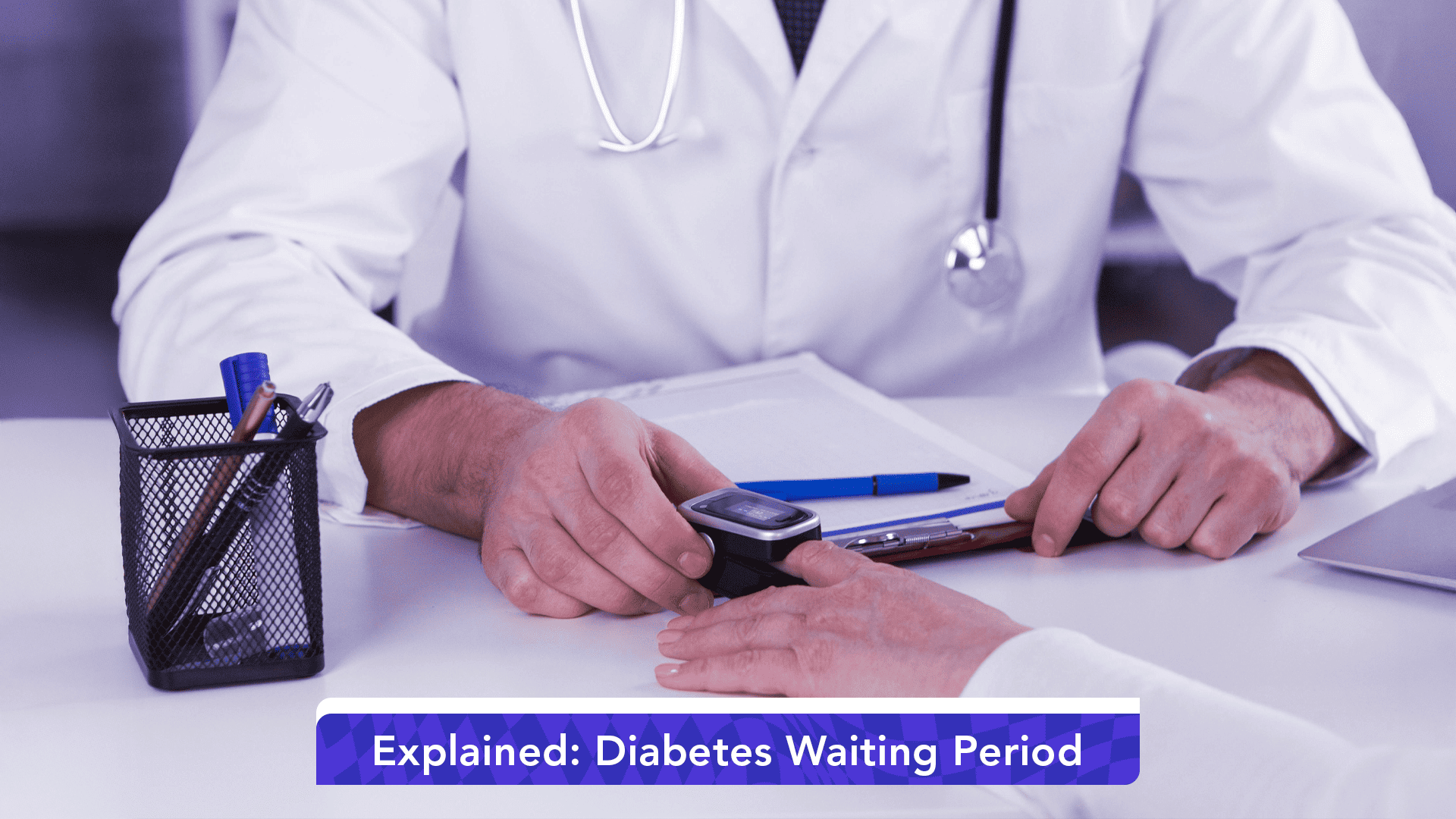“₹1 Crore Cover!” (Cue the Tiny Voice: “Terms & Conditions apply”)
You know that moment at the end of every insurance commercial when the voice softly whispers, “Terms and Conditions apply”? It’s almost like they want you to miss it. Well, we’re not letting that happen! We’re about to bring those hidden terms into the spotlight—waiting periods, survival clauses, payouts, and all the other details that can make a difference in your claim. So, grab a cup of chai(or coffee), sit back, and let’s break it down in simple terms. We’re here to make sure you know exactly what you’re signing up for when it comes to cancer insurance.
Why You Should Care: Cancer Treatment Isn’t Just Expensive. It’s Emotionally & Financially Draining
Cancer is one of the costliest health battles anyone can face. In cities like Mumbai or Delhi, even early treatment can run into ₹20–30 lakhs—and that’s just the medical part. What about travel, rent, missed workdays, or paying for help at home?
Here’s where a good cancer insurance policy can be a life-saver… but only if you understand what you’re buying.
Real-Life Example:
An IT professional in Bengaluru bought a ₹50 lakh cancer policy. Diagnosed with early-stage breast cancer, she expected the full cover—but received only ₹10 lakh. Why? Because her plan paid only 20% for the early-stage.
She wasn’t misled but she also didn’t read the payout table.
Let’s fix that for you.
What Is a Cancer-Only Policy and Why Bother With a Stand-Alone Policy?
A cancer-specific plan is like a one-subject notebook—it focuses entirely on cancer and gives you a lump sum payout for treatment, recovery, and other costs. It’s typically cheaper than a broader critical illness plan, but the focus allows for specific rules and conditions. But remember, this is pure risk cover, meaning there’s no death or maturity benefit. It’s all about protecting you financially in case of cancer.
Waiting Period: The “Please Hold” of Insurance
Cancer policies come with a waiting period—a set amount of time (typically 90 days) before you can make a claim. This is to avoid situations where someone buys a policy right after symptoms appear. While this may seem like a minor inconvenience, it’s designed to prevent fraud and ensure that policies are purchased in good faith. If you’re diagnosed during this period, the policy won’t pay out, and that could leave you in a difficult spot.
Let’s say you buy a cancer policy on Day 80 and are diagnosed on Day 89. Unfortunately, the waiting period rules mean the insurer might not cover your treatment, even if you’re diagnosed right before the waiting period ends. That’s why buying early is crucial.
Tips: Buy a policy before any symptoms arise, and check with us to understand the waiting period details specific to the plan you’re considering.
Staged Payouts: The Instalment Plan Nobody Advertises
| Stage of Cancer | Typical Payout | What Insurers Say (Quietly) |
| Early / Carcinoma in situ | 20 – 30 % of Sum Insured | Small tumour, small cheque. |
| Major / Stage I–II | 40 – 60 % | Part payout depending on progression |
| Critical / Stage III–IV | 100 % (fewer early payouts) | Insurance providers will pay the rest—and close the policy. |
It’s not just about getting the full payout—it’s about making sure you have the funds when you need them most. Early-stage claims typically get smaller payouts, and major stages provide more financial relief. Some plans even offer premium waivers or monthly income to help ease the financial burden of treatment.
If you’re diagnosed with early-stage cancer, you might only get 20-30% of the policy amount. This is meant to cover initial treatment, like early surgery or tests. But what happens when your condition progresses to a more serious stage? You could then receive a larger payout to handle more intensive treatments.
Tip: Before you sign up, check the stage-wise payout structure—make sure it works for you based on the kind of treatment you anticipate needing.
Forced to Survive Before They’re Helped: The Most Heartbreaking Policy Barrier
Another detail to be aware of is the survival period. Many cancer policies require you to survive anywhere from 7 to 30 days after the diagnosis before the payout is made. If something happens before you hit the survival period, the claim won’t be processed.
While this might seem tough, a 7-day survival period is actually considered short by modern standards. But it’s still important to know—it’s one more detail to consider when choosing the right plan.
Lifetime Renewability: One Rule Insurers Can’t Hide
The good news? IRDAI (Insurance Regulatory and Development Authority of India) now mandates that health insurers must offer lifetime renewability on cancer policies, so your coverage will stay in place as you age unless you miss a payment or commit fraud.
The bad news? Premiums will likely increase as you get older. But even with that, your policy should always renew for life. Keep all your renewal documents and receipts—this is your protection.
Things to Watch Out For
- Exclusions Galore – Not all cancers are covered the same way. Non-melanoma skin cancers, borderline tumours, HIV-related cancers, and cancers caused by radiation exposure might not be covered. Always check the exclusions page carefully.
- Pre-Existing Conditions – If you’ve had any symptoms or conditions related to cancer before you bought the policy, your claim may be voided. Be transparent about any medical history when applying—it’ll help avoid issues later on.
- No Refund – Unlike some life insurance policies, cancer insurance policies typically don’t offer a refund or surrender value. If you cancel mid-term, you won’t get your premiums back.
- Dual Policies, Double Payout – Did you know you can hold two cancer policies? If you’re fortunate enough to have more than one, you can claim benefits from both. Most insurers don’t advertise this, but it’s a legal right.
Smart-Buyer Checklist (Pin It on Your Fridge)
- Sum Insured: Target at least ₹25–30 lakh because the Average urban treatment can touch ₹30–40 lakh.
- Waiting Period: 90 days is normal, but anything longer? Ask for clarification.
- Survival Period: Look for the shortest survival period possible (7 days is ideal).
- Staged Payout Table: Ensure your policy includes early stage benefits and a premium waiver.
- Lifetime Renewability: Make sure the policy offers this in writing and screenshot it if necessary.
- Read Exclusions: If it’s more than two lines, print it out and highlight key points, you should know what it means.
- Claim Drill: Know the necessary documents for claims, and keep them in a place and Tell your family where they are.
Power is in Your Questions: Win the Battle Before It Begins
Cancer is scary enough, but your insurance shouldn’t be another stress. When agents mention large cover amounts, ask about waiting periods, survival clauses, and stage-wise payouts. Force them to explain exclusions like you’re ten years old (because a clear answer should be that simple). Also, don’t forget to get written proof of any answers you get from the insurer. This turns their promises into something binding.
Your cancer policy deserves respect, but your right to be fully informed is even more important. Ask the right questions now, so if cancer ever knocks, you only have to worry about your health and not the policy’s Terms and Conditions.




